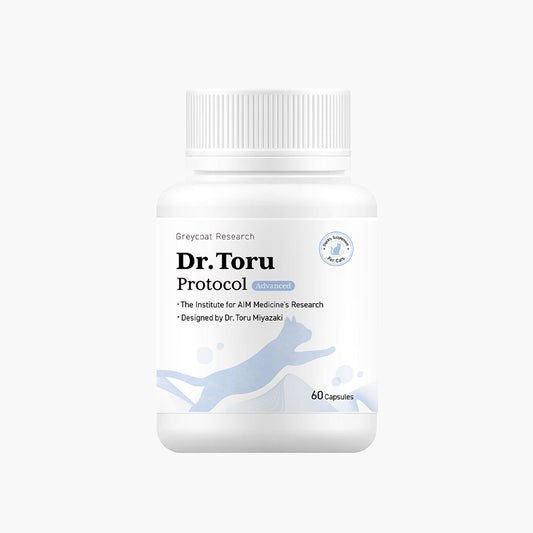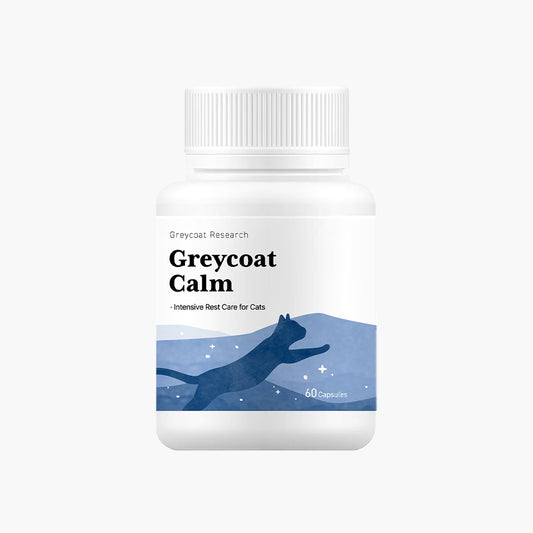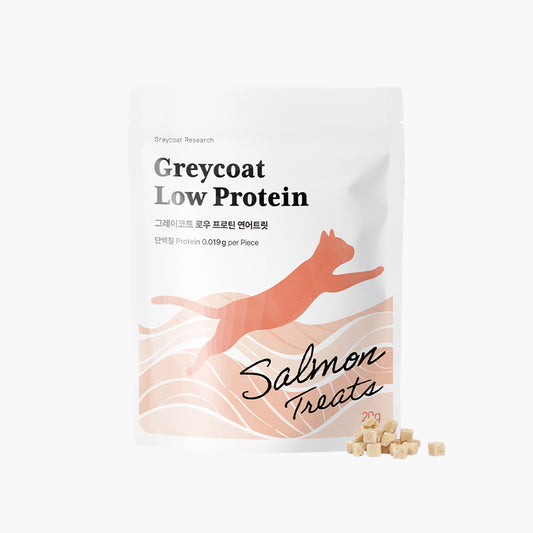 Recently, the guardian of 14-year-old Sunae, who was diagnosed with chronic kidney disease in 2021, shared her story on Greycoat Research’s Korea page — describing how she has been caring for Sunae and maintaining stability through daily routines.
Recently, the guardian of 14-year-old Sunae, who was diagnosed with chronic kidney disease in 2021, shared her story on Greycoat Research’s Korea page — describing how she has been caring for Sunae and maintaining stability through daily routines.

Despite being in Stage 3 CKD, Sunae has maintained stable values through steady care and thoughtful stress management.
Her guardian follows two key principles — consistency and stress minimization — and has built a care routine tailored to Sunae’s personality and needs.
We hope that her experience will bring guidance and encouragement to other guardians caring for cats with CKD.
These stories are shared directly by guardians who submitted their experiences to Greycoat Research. This story reflects one guardian’s personal experience and is not medical advice, treatment, or a guarantee of results. Every cat is different—please consult your veterinarian for diagnosis and care decisions.

- Name: Sunae
- Home: Korea
- Age: 14 years old
- Breed: Domestic Shorthair (Calico)
- Condition: Chronic Kidney Disease Stage 3 (diagnosed in 2021), frequent vomiting
From Sunae’s Guardian
In 2021, my cat Sunae was diagnosed with chronic kidney disease.
Since then, she has stayed stable around Stage 3.
My main focus has always been consistency and reducing stress in her daily routine.
Sunae has a sensitive stomach and tends to vomit easily, so I carefully manage her with both dry and wet renal diets while maintaining a gentle and predictable schedule.
Starting the Routine
Every day at the same time, I give her prescribed medication along with Dr. Toru Protocol and Intensive Protocol.
Because Sunae is picky with food, I found it difficult to feed her prescription renal wet food alone.
To help her eat consistently, I mix Royal Canin Renal wet food with another high-quality wet food in a 5:5 ratio.
On days she eats better, I adjust it to 4:6 or 7:3 depending on her appetite.
I also warm her food slightly and add warm water to increase aroma and hydration.
Giving medication was a big challenge at first.
Sunae dislikes having anything put into her mouth.
When it comes to capsules, she refuses any powder mixed into food.
So I place the capsule on a small spoonful of water and quickly offer it directly.
It’s the fastest and least stressful method I’ve found.
After giving her medication, I always use a lickable treat as a reward.
Before medication, I show her the treat to help her relax, and once she takes her pill, I give her a small lick as a reward.
This simple routine has made pill time much easier and more comfortable for both of us.
Lab Values and Condition
📅 July 2025
- Crea 3.2
- SDMA 18

📅 October 2025
- Crea 3.3
-
SDMA 12
Over three months, Sunae’s creatinine levels stayed stable around 3.2–3.3, while her SDMA showed a meaningful improvement—from 18 (High) to 12 (Normal).

What I Felt as a Guardian
I’ve learned that the most important parts of kidney care are routine and stress reduction.
There’s no perfect way to manage CKD, but keeping her routine consistent has helped stabilize her values and mood.
Watching her eat steadily, maintain energy, and rest comfortably gives me reassurance every day.
A Small Lesson
Every cat is different, and improvement may take time.
For Sunae, the key has been to focus on small, steady progress rather than chasing big changes.
Keeping her comfortable and stress-free has made all the difference.
Note
This story reflects one guardian’s personal experience.
It does not imply medical treatment, prevention, or cure.
Every cat’s condition is unique—please consult your veterinarian for diagnosis and care decisions.







